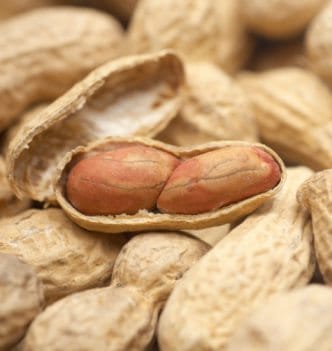Peanut-sensitive infants may be the best candidates for peanut oral immunotherapy (OIT), according to findings presented at the 2015 AAAAI annual meeting.
“Despite its promise, there are still some problems with [OIT] so to try and address this, we had the idea to start with therapy in younger children,” explained study author Dr. Brian Vickery, pointing to studies showing that peanut allergy can develop early and that peanut IgE antibody levels tend to intensify with age.
North Carolina researchers enrolled children ages nine months to 36 months who were either likely to have peanut allergy or had experienced their first reaction within the past six months. The children were then introduced peanut protein in increasing incremental doses until they were eating either 300 or 3,000 milligrams, depending on which research group they were in.
A month after stopping OIT, 29 out of 30 participants were able to safely eat approximately 20 peanuts (5 grams).
“This represents a fairly high response rate and helps to support the idea that early intervention may be more useful,” says Vickery, a pediatric allergist at University of North Carolina Chapel Hill School of Medicine.
Prior studies have only focused on OIT in older children, and Vickery admits he was nervous about working with such young patients. But to his “surprise and delight” they tolerated the therapy well. “They have not developed the aversion to the smell, texture or taste of peanut in the way that maybe a 7- or 8-year-old who has had peanut allergy for most of their life has, and so that allows them to be more accepting of the product,” he says.
Though undergoing this OIT would not allow infants to consume serving size amounts of peanut, say in a peanut butter sandwich, it would avoid reactions from trace amounts of peanut protein, adding a “margin of safety that allows one to get along in the world,” says Vickery.





